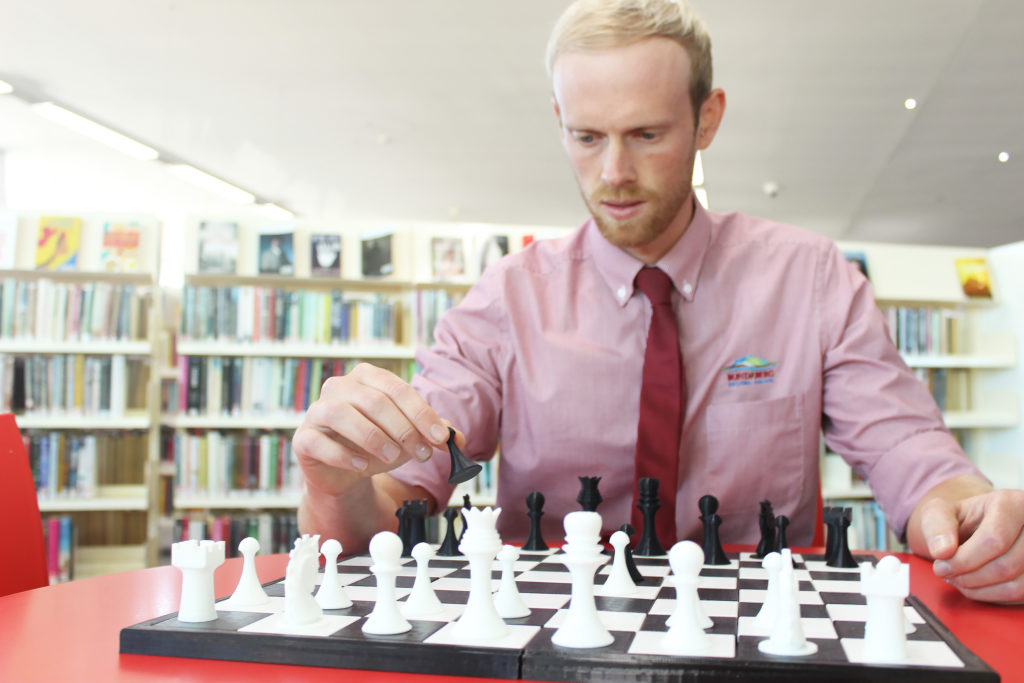
For the past decade the growth of 3D printing has been strong and persistent.
An industry that started out only for diehard technologists has now expanded into many industries and applications.
These devices use rolls of plastic filament to extrude a design onto a print bed to make a physical object.
The limitations of what you print are only contained by the quality of your printer and extent of your imagination.
For those who haven’t played in this space before, you don’t have to jump right into designing your own prints.
A common resource and great place to start is a website called Thingiverse. This website is run by one of the market leaders (Makerbot) and has over a million pre-made designs ready to print.
Let’s explore some of the key considerations on 3D printing.
The basics on what we can print and how it works are generally determined by the design and the material being used to print.
Talking material first it is important to use the right filament to reach the desired outcome.
The market leader “Makerbot” predominately uses PLA plastic in their 3D printer machines.
This plastic is mainly made from cornstarch and is not only environmentally responsible but tends to be better for finer detail.
ABS is the other common option and tends to be stronger and more able to be machined and used for real life application.
When we explore the design we have to consider the core functionality.
This is the fact that 3D printers layer tiny runs of filament on top of each other to make up a final product.
With this in mind, designs that are bottom heavy tend to work better (think Eiffel Tower).
That being said the machines are smart enough to build supports for top-heavy designs (think tree), however this is for the more experienced players usually.
As with most tech, the best way to learn is to get your hands on some. For many of us the local school or public library is often a good place to start.

- Other news: Ideas come to life through 3D printing
- Coding explained, it’s not scary
- Cracking good time at the Royal Queensland Show








Advancements in the 3D printing technology, equipment and materials has resulted in the costs being driven down, making it a more feasible option to general manufacturing use.
Comments are closed.